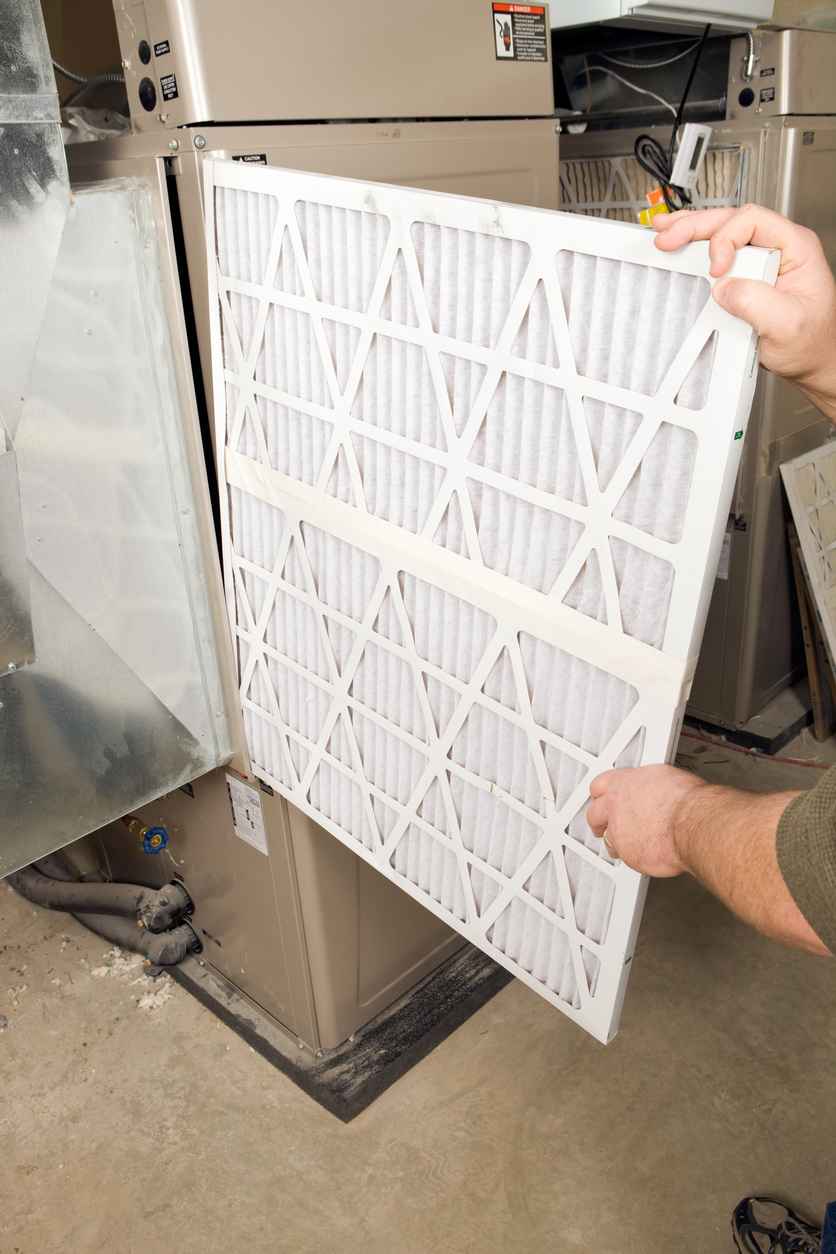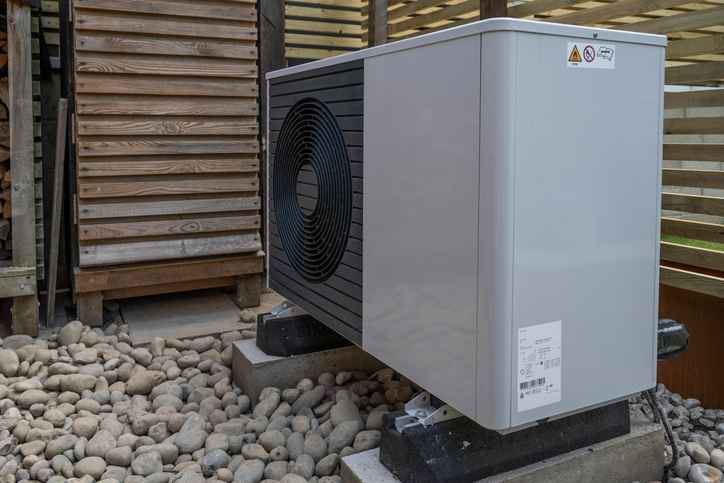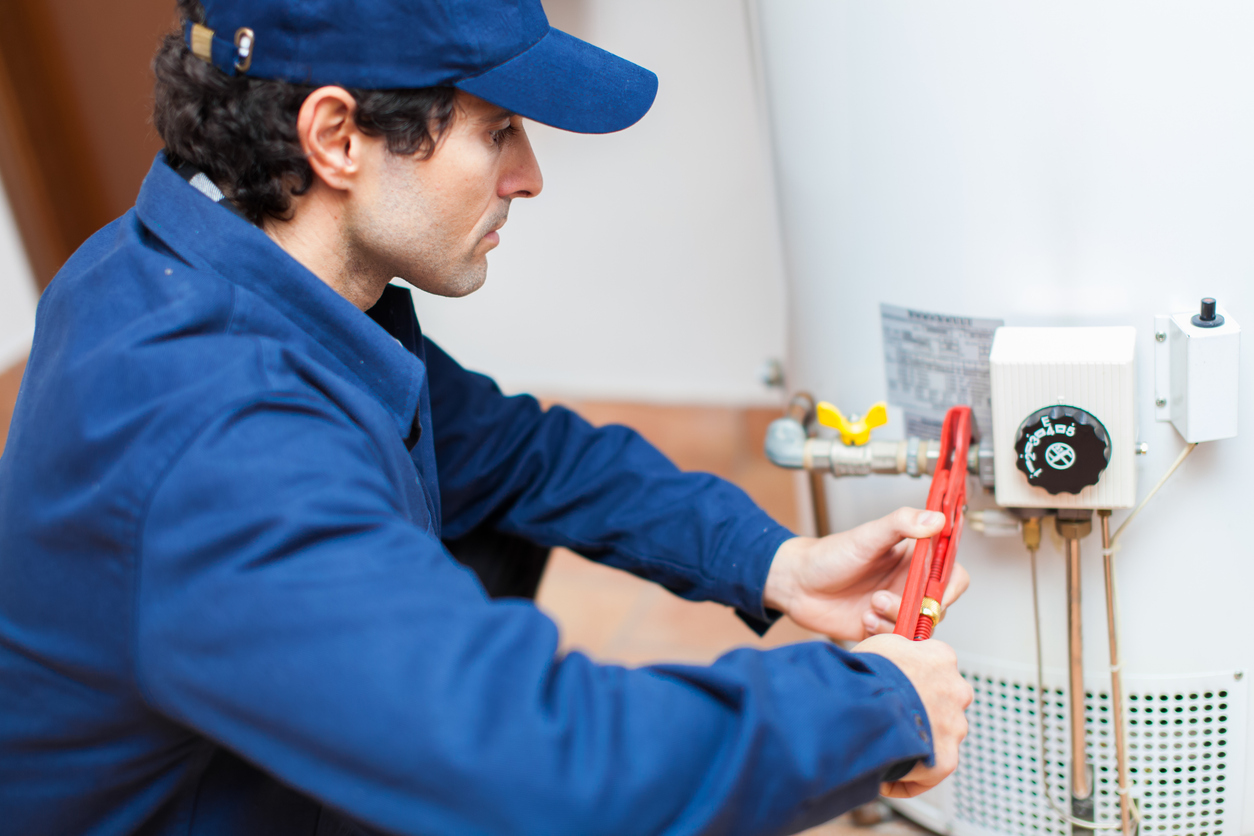4.8 Google Rating
What is Electronic Ignition in a Furnace?
When it’s time to replace your old, inefficient furnace with a new heating system, it will likely have an electronic ignition. An electronic ignition replaces the pilot light used in old furnaces. A pilot light always burns gas, regardless of whether a heating cycle occurs. According to the Department of Energy, electronic ignitions are hallmarks of mid-efficiency furnaces, and they’ll help save you money and reduce your home’s carbon footprint. Knowing how electronic ignitions work and their benefits will help you make an informed decision about which furnace to purchase.
Everything You Need to Know About Electronic Ignition
Types of Electronic Ignitions
There are two types of electronic furnace ignitions.
Hot surface igniter: This device is made of metal. When electrical current flows through it, the metal gets hot enough to ignite the furnace burners. The current only flows through the metal when the thermostat triggers a heating cycle. Hot surface igniters are the most common type of electronic ignition.
Intermittent pilot: Instead of staying on constantly, this type of pilot light is ignited by an electrical spark at the start of a heating cycle.
Benefits of Electronic Ignition
- Fuel savings: A traditional pilot light wastes a lot of fuel by always burning gas. A hot surface igniter doesn’t use any fuel. An intermittent pilot only uses fuel when necessary, and then its gas supply automatically turns off. Over the course of a 20-year lifespan, an electronic ignition will save you hundreds of dollars in fuel costs.
Related: What’s a Sealed Combustion Furnace?
- Higher energy efficiency: If you’re concerned about your home’s carbon footprint, electronic ignitions are the way to go. Furnaces with these ignitions offer annual fuel utilization efficiency (AFUE) ratings of up to 97%. In furnaces with electronic ignitions, less than 3% of the fuel is wasted.
- Fewer repairs: A common problem with traditional pilot lights is they go out. Excess airflow, a combustion chamber leak, or a dirty sensor can cause the pilot to turn off. When the pilot goes out, the furnace won’t deliver heat. This disrupts your comfort and puts your health and safety at risk. These issues require furnace repairs by a qualified service technician. There’s no sensor to get dirty with electronic ignition and no flame to go out unexpectedly. Current will flow through the metal as long as the metal isn’t cracked. There are fewer things to go wrong with either type of electronic furnace ignition.
Count on the Denver Area Furnace Installation Pros
If it’s time to retire your aging furnace, turn to the experts at AAA Service Plumbing, Heating & Electric for a quality replacement. We have more than three decades of experience improving the comfort of countless Denverites, and we back all of our work with a full 2-year parts-and-labor guarantee. To schedule your appointment, call 303-313-3333 or contact us here.





